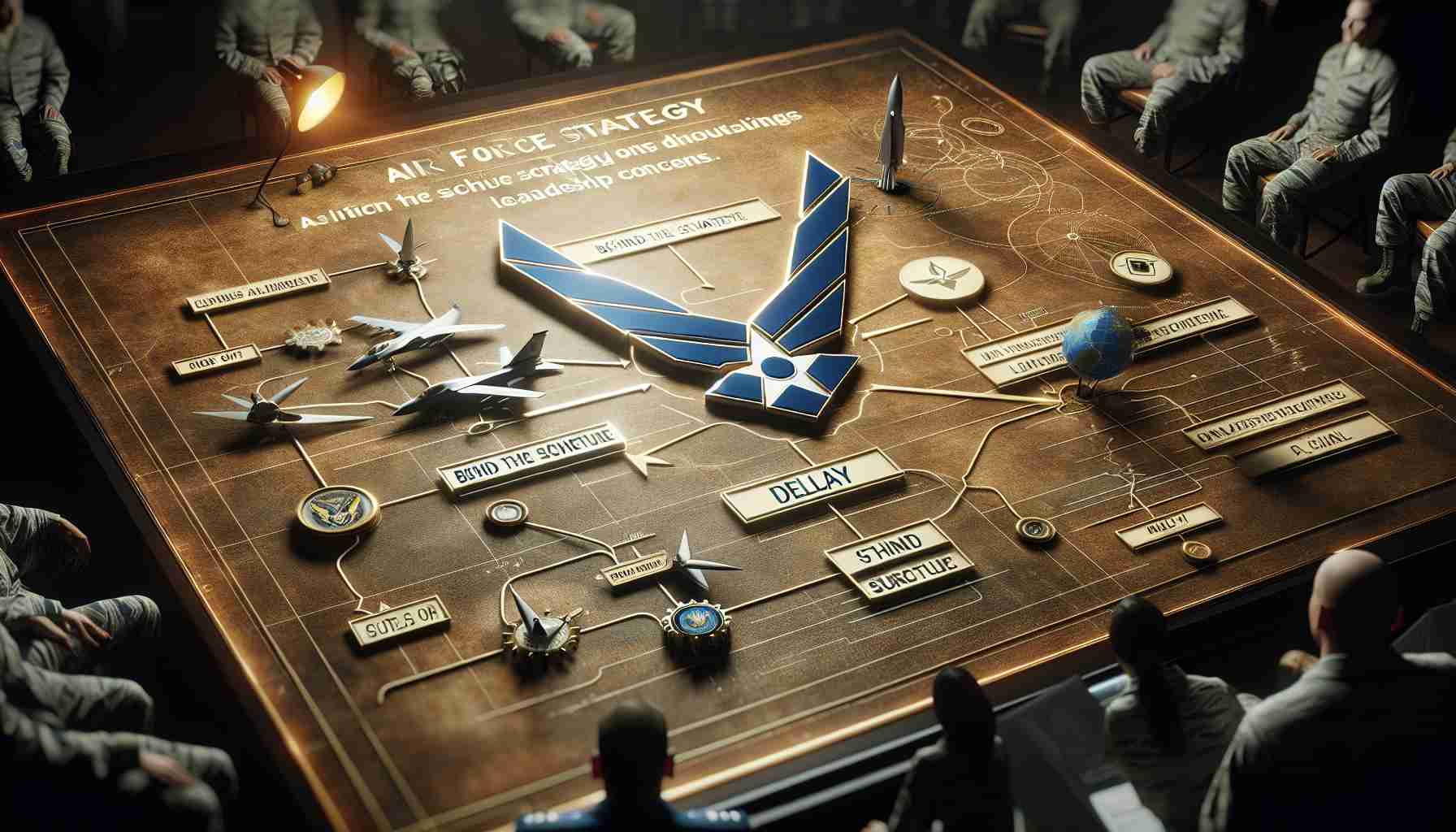The Future of Air Combat Delayed
The U.S. Air Force is pushing back critical decisions on its ambitious Next Generation Air Dominance (NGAD) program to await the arrival of the new administration. Originally set to finalize by late 2024, the review’s verdict is now postponed past January 20, 2025. The delay follows extended evaluations initiated over the summer aimed at redefining the U.S. air superiority in a rapidly evolving threat environment.
Technological Advancements and Challenges
In an effort to keep the momentum, the Air Force is extending its current Technology Maturation and Risk Reduction contracts, allowing the design and development process to proceed, even as key decisions are postponed. This approach guarantees continuous progress and stability among industry teams working on the program.
To align with the new timeline, vendors involved have been asked to update their proposals. These updates focus on schedule adjustments rather than new project milestones, reflecting the strategic pause in decision making regarding the NGAD’s future path.
Changing Perspectives on Air Superiority
The NGAD program envisions a transformational leap in air combat capabilities, originally centered on developing a highly advanced manned fighter jet. However, with escalating costs and the rapid evolution of drone technologies, the Air Force is reconsidering its strategy. This reevaluation could lead to a diversified, multi-platform approach that integrates unmanned systems, potentially reducing reliance on traditional fighters.
With Elon Musk, a prominent advisor stepping into the new administration, advocating for drone dominance, the program’s direction under new leadership remains uncertain. Musk’s critical views on current aircraft like the F-35 may influence NGAD reviews towards prioritizing unmanned capabilities. As the Air Force rethinks its path, the stakes for the future of air combat supremacy continue to rise.
Exploring the Future of Air Combat: Innovations and Implications of the NGAD Program
The development of the United States Air Force’s Next Generation Air Dominance (NGAD) program is a focal point in the evolving landscape of military aviation. While the decision-making process has been delayed, the program is set to redefine air superiority through innovative technological advancements, albeit with challenges and considerations.
Key Innovations and Features
The NGAD program is originally aimed at creating a cutting-edge manned fighter jet, but recent trends show a significant shift toward incorporating unmanned technologies. This transformation emphasizes the following key features:
– Advanced Unmanned Systems: The potential shift from manned platforms to a drone-centric approach reflects broader industry trends and technological advancements. Leveraging artificial intelligence and autonomous systems, unmanned aerial vehicles (UAVs) may provide enhanced capabilities such as persistent surveillance, rapid responsiveness, and cost-effective operations.
– Integrated Multi-Platform Approach: The program considers integrating various platforms, including manned and unmanned aircraft, into a cohesive system. This strategy could enhance operational flexibility and adaptability, addressing diverse threats and mission requirements.
Trends and Market Analysis
The shift towards unmanned systems aligns with global defense trends, with countries increasingly investing in drone technology for their military forces. This trend is driven by the need for modern air combat solutions that offer advanced capabilities and strategic advantages.
– Increased Investments: With the changing nature of warfare, governments worldwide are prioritizing investments in drone technologies. The NGAD program’s potential focus on unmanned systems could place the U.S. at the forefront of this trend.
– Industry Impact: Key defense contractors involved in the NGAD program lie at the intersection of this technological shift, influencing market dynamics and driving innovation within the aerospace and defense sector.
Challenges and Limitations
– Cost Considerations: Transitioning to a more drone-centric approach poses financial challenges, as developing advanced UAV systems and integrating them into existing military infrastructure could be costly.
– Technological Integration: Achieving seamless integration between manned and unmanned platforms requires overcoming significant technical hurdles, ensuring interoperability and effective communication across systems.
Predictions and Insights
With influential figures like Elon Musk advising the new administration, the NGAD program’s direction may sway towards prioritizing unmanned capabilities. This could see reduced emphasis on traditional fighter jets, aligning with Musk’s historical critiques of current aircraft models like the F-35.
– Future Battlefield Dynamics: As unmanned systems gain prominence, future air combat scenarios could heavily feature autonomous operations, thereby changing battlefield dynamics and the role of human pilots.
Conclusion
The NGAD program represents a pivotal opportunity to shape the future of air combat. While uncertainties and challenges persist, the continued advancement of unmanned technologies promises a transformative leap in military aviation capabilities. This evolution could redefine air superiority and underscore the importance of technological innovation in maintaining strategic advantages.
For further insights on the NGAD program, innovations in drone technology, or trends in military aviation, visit the U.S. Air Force’s official website.











